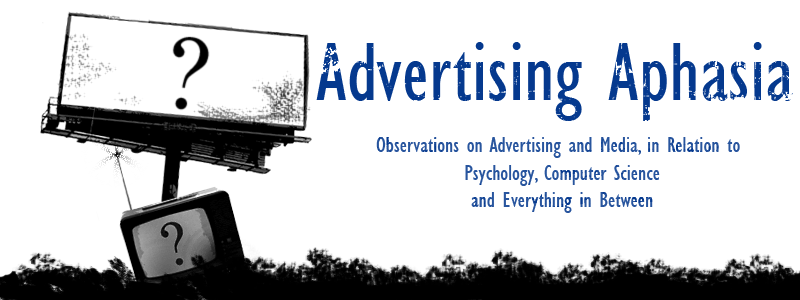Quirky isn't the first word that comes to mind when I think of Wal-mart and that probably won't change with this ad (or the earlier related, but creepy in its own way entry in the campaign), but for a fleeting moment, I forgot some of the knee jerk reaction I have towards the retailer. On average day I would rank my fear of clowns well below my fear of what lurks in Wal-mart most days at 2 AM.
The humanizing aspect for the brand within this commercial is interesting, because its an about face from the normal instinct to flog cheap products and promote the best deal (this Target ad shows an example of such Source). I've been trying to decide whether this humanizing lapse for the brand comes from a carefully arranged progression of elements (the bumbling, but earnest father, the casually conversing wife who subtly espouses Wal-Mart's value and the comedic delivery which lasts a few seconds uncomfortably too long) or if its simply the choice of a clown as the ads attention piece.
In this sense, I wonder if the commercial would be as engaging if the father had been dressed as a Dinosaur? I don't personally suffer from Coulrophobia or the fear of Clowns, but its easy to believe that many people do. The long reinforced belief that clowns are scary (propagated from both real life serial killers and Stephen King novels) may go back further than popular culture. Some theorize that the lack of genuine affect a clown displays due to its irregular facial motions and make up may make them inherently off putting on an instinctual level. Whether or not this is the case,Wal-mart's use of a screaming clown plays into the stereotype of the scary clown (the environment of a child's birthday party likens it to the fear's primary residence in childhood), creating a funny and engaging, yet slightly commiserate moment for the viewer.
Overall, the entire piece is an unexpected bonus for Wal-mart's business, a retailer which wouldn't be hurting for customers without the ad's success, but that could do for some humorous and good PR. Can they replicate the success of it again quickly? Probably not, but this will hopefully be a teachable moment that diversions from product/deal based advertising can be useful from time to time.
What do you think? Hilarious or too close to the movie "IT"?











